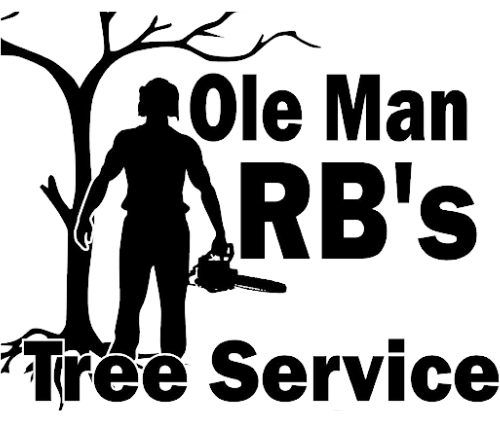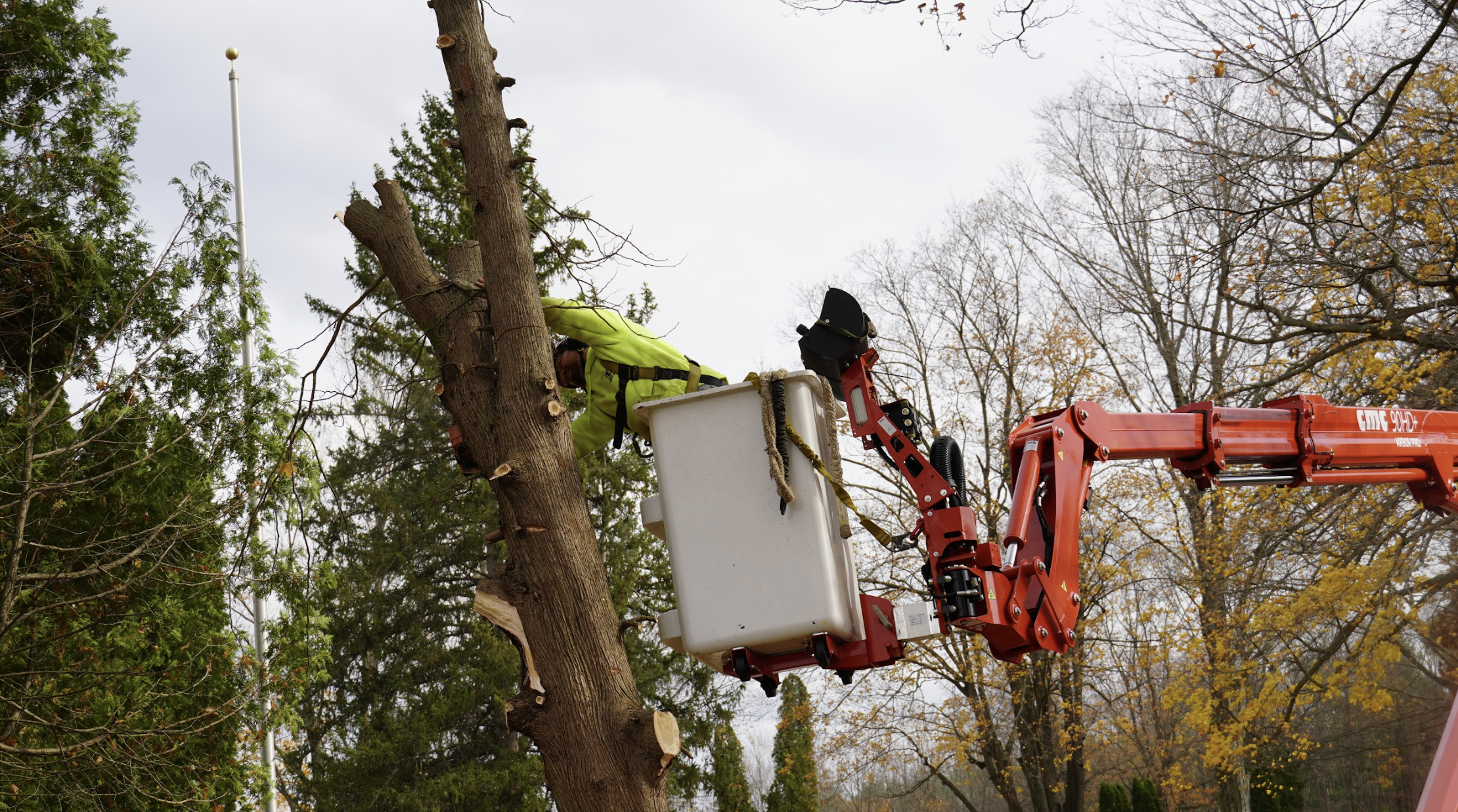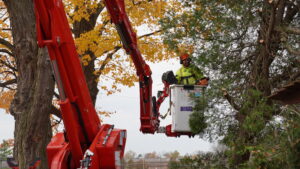Trees bring life, shade, and value to a property—but when a tree begins to lean, it can quickly shift from an asset to a liability. Many homeowners shrug off a slight tilt, assuming it’s just “how the tree grew.” But that lean could be the only visible sign of something much more serious: a failing root system or compromised structure.
In Michigan—where storms, winds, and heavy snow are common—a leaning tree can collapse with little warning, causing costly damage or injury. If you’ve noticed a tilt in one of your trees, this article will help you assess the risk and understand when to call a professional Tree Service before it’s too late
Why Trees Lean in the First Place
Not all leaning trees are dangerous, but most didn’t start that way. Here are common reasons trees develop a tilt:
1. Root Failure
In many cases, leaning is caused by weakened or damaged roots either due to disease, rot, or soil erosion. When roots lose their grip in the soil, the tree can slowly start tipping over.
2. Wind or Storm Damage
Strong Michigan winds, especially during spring thunderstorms or fall gales, can push a tree off center. Once a lean starts, gravity continues pulling the tree in that direction unless corrected.
3. Improper Growth Conditions
Trees that don’t get enough sunlight may grow toward the light source, creating a natural lean. Others may grow crooked due to poor soil or surrounding obstructions.
4. Soil Saturation or Erosion
Water logged soil or fast draining slopes can destabilize root systems. Michigan’s freeze thaw cycle, combined with lake effect precipitation, often accelerates this problem.
When a Lean Becomes Dangerous
A slight, consistent lean that’s been there for years may not pose an immediate threat. But a tree that begins to tilt suddenly or rapidly is a red flag. Warning signs include:
- New or worsening lean after a storm
- Cracks or upheaval in the soil at the base
- Exposed or damaged roots
- Cracking or splitting on the trunk (especially on the opposite side of the lean)
- Unusual swaying or creaking sounds in wind
These are indicators that the structural stability is compromised—and that tree may be one storm away from coming down.
DIY Inspection Tips for Leaning Trees
If you’re unsure whether your tree needs help, here’s a quick at-home checklist:
- Walk around the base – Are there cracks in the soil? Is the ground rising or bulging?
- Check for exposed roots – Lifting roots are a major sign of movement.
- Examine the trunk – Look for bark peeling, splitting, or cracks near the bend.
- Compare with past photos – Has the lean changed recently?
Important: Even if none of these signs are visible, that doesn’t guarantee safety. Tree risk is often internal and invisible to the untrained eye. That’s where a licensed Tree Service comes in.
How a Tree Service Assesses Leaning Trees
At Ole Man RB’s Tree Service, we assess leaning trees based on five core factors:
- Angle of lean – More than 15 degrees from vertical is usually considered dangerous.
- Tree species – Some trees are more brittle or shallow-rooted than others (e.g., willow, boxelder).
- Soil condition – Loose or wet soil increases collapse risk.
- Proximity to structures or high-traffic areas – Risk increases when trees lean toward homes, driveways, or power lines.
- Root & trunk integrity – We inspect for internal decay using specialized tools if needed.
From there, we determine whether bracing, pruning, or full removal is the safest option.
Ready for a Leaning Tree Inspection?
Let’s take the guesswork out of it. If you’ve noticed a tree starting to tilt or shift, don’t wait for the next big storm.
Call Ole Man RB’s Tree Service today for a free risk assessment.




Good post! We will be linking to this particularly great post on our site. Keep up the great writing
very informative articles or reviews at this time.
very informative articles or reviews at this time.